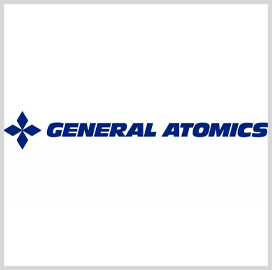
Researchers at the General Atomics-operated DIII-D National Fusion Facility in San Diego have released a report on plasma turbulence and electron behavior that could support the development of nuclear fusion power plants.
The article, published on the academic journal Nuclear Fusion, provides insight on electron density and transmission through plasma that may be used to predict fusion plasma performance and improve power generation, General Atomics said Tuesday.
DIII-D scientists conducted experiments on plasma collisionality and found that low collisionality results in greater peak electron densities and an internal barrier that alters plasma turbulence.
According to the team’s findings, the relationship between particle collisions and peak densities impact other plasma characteristics and potentially result in better nuclear fusion capacities.
“This work substantially improves the understanding of electron behavior in the plasma core, which is an area of great importance for increasing fusion gain,†said David Hill, director of DIII-D. “This is another important step toward practical fusion energy in future commercial reactors.â€
General Atomics partnered with various academic institutions in the U.S., Finland and Sweden as part of the research effort.





